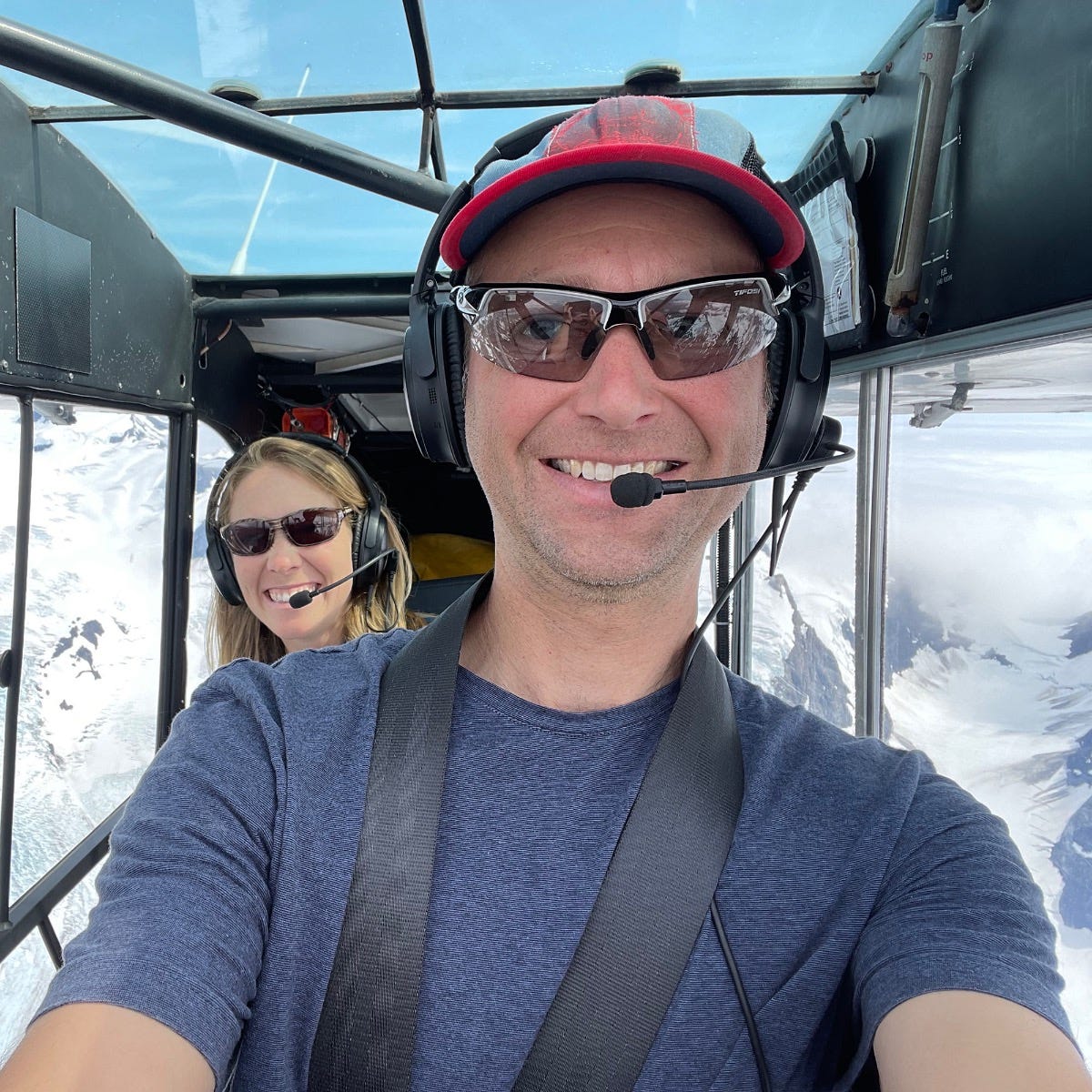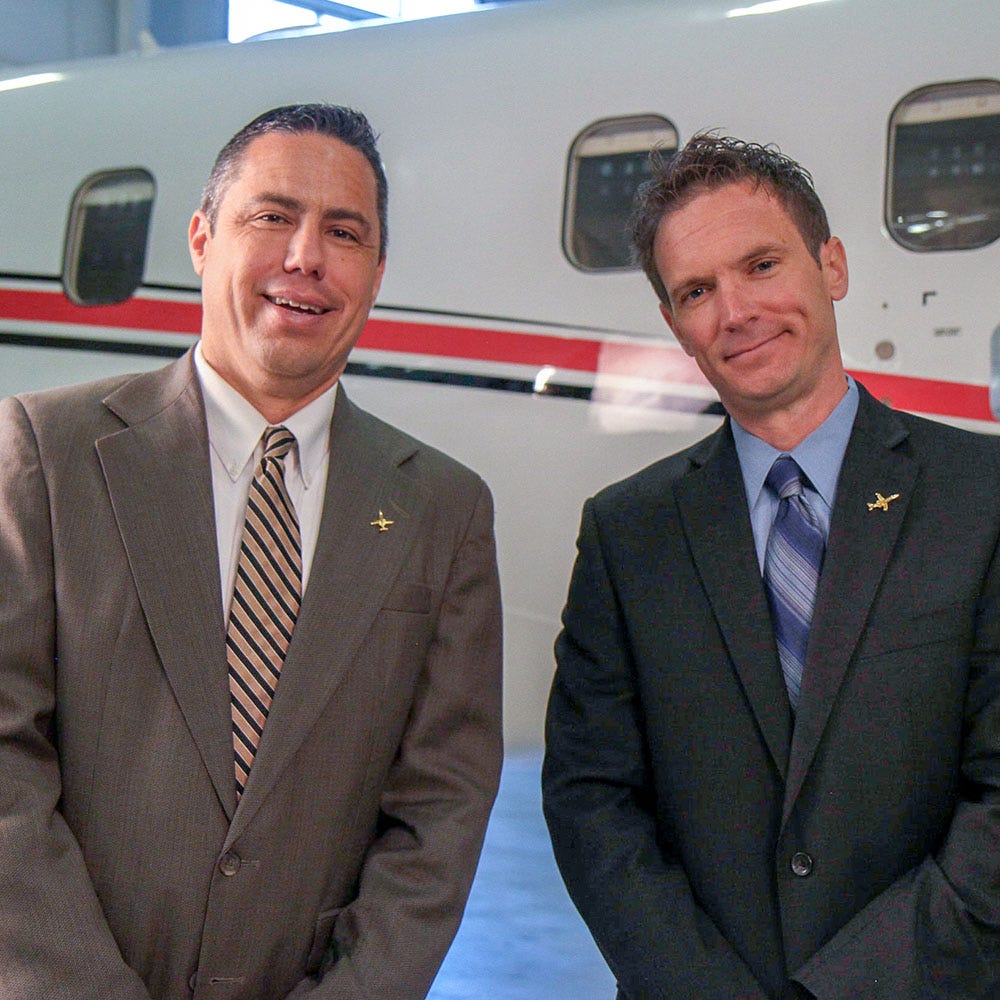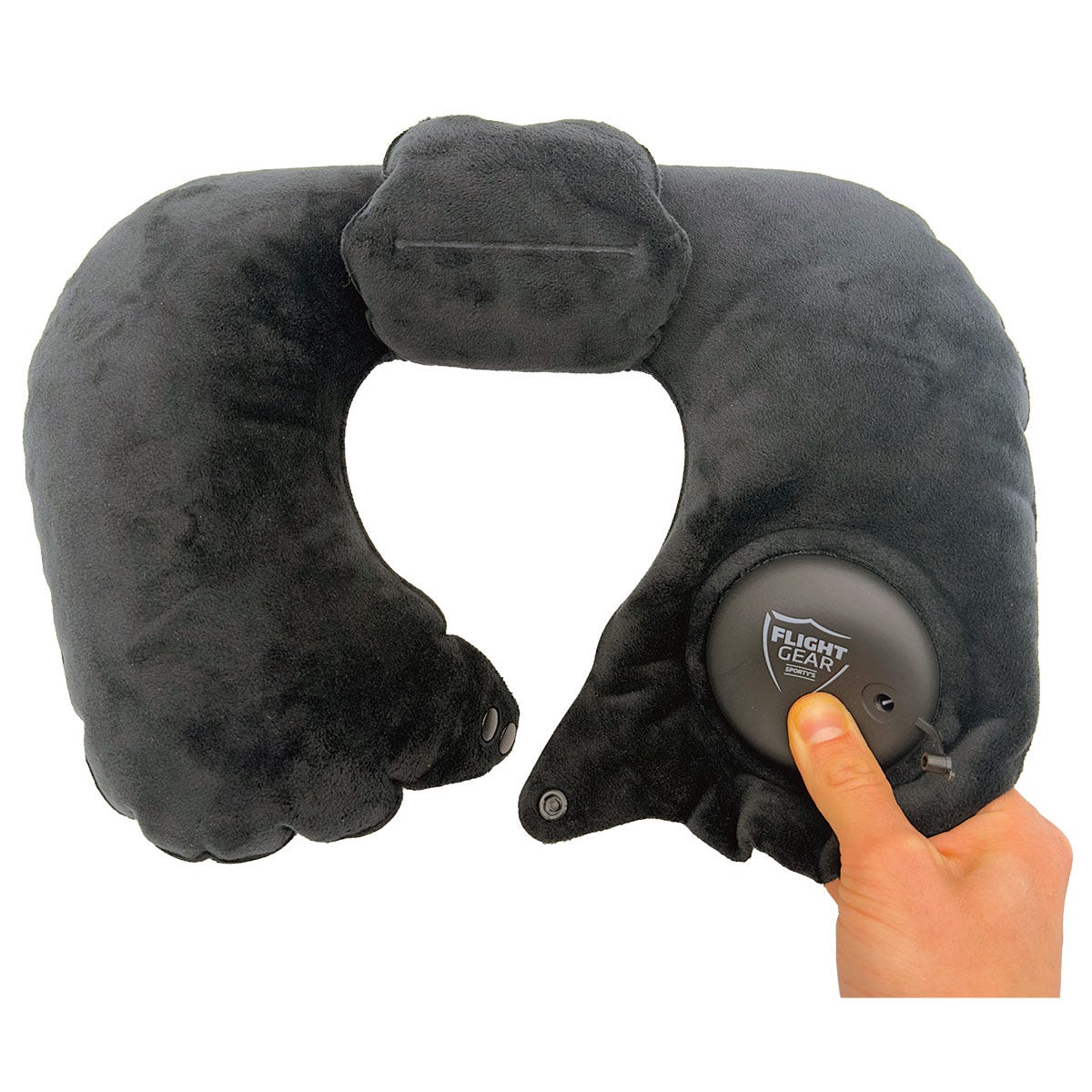Fortunately, some newer technologies allow you to stay connected even when your trusty smartphone shows “no signal.” The two most popular options are 406 MHz personal locator beacons (PLBs) like the ACR ResQLink, and Iridium communicators like the Garmin inReach. At first glance, these products seem quite similar, but there are important differences.
PLBs
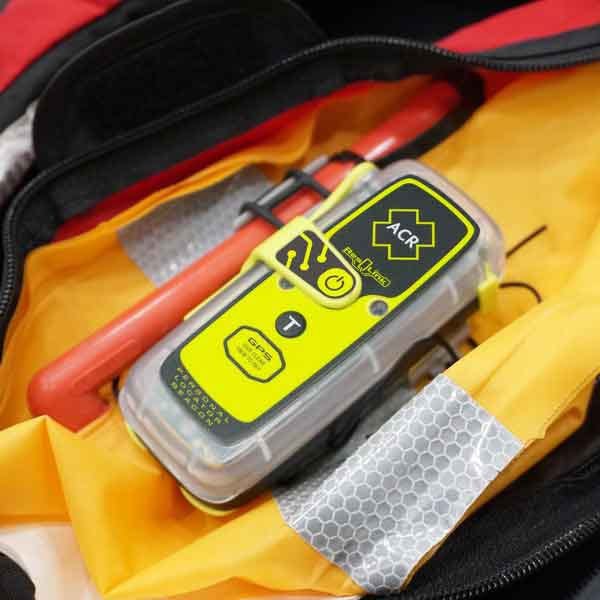 A PLB is a modern, portable version of the well-known emergency locator transmitter (ELT), which has been required on aircraft for decades. While ELTs are permanently installed in the tail of the airplane and activate automatically based on G-forces, PLBs are small enough to hold in your hand and are activated manually by pushing a button (note that a PLB does not take the place of an ELT; it’s purely optional). Both devices send out a distress signal that alerts search and rescue forces that you need help - now.
A PLB is a modern, portable version of the well-known emergency locator transmitter (ELT), which has been required on aircraft for decades. While ELTs are permanently installed in the tail of the airplane and activate automatically based on G-forces, PLBs are small enough to hold in your hand and are activated manually by pushing a button (note that a PLB does not take the place of an ELT; it’s purely optional). Both devices send out a distress signal that alerts search and rescue forces that you need help - now.
But the latest PLBs offer capabilities that traditional ELTs never could. They communicate to the global network of COSPAS-SARSAT satellites via 406 MHz, instead of the much less reliable 121.5 MHz radios on older ELTs. That means there are no coverage limitations and the signal is unaffected by weather or trees - from the remote South Pacific to the tundra of Alaska, just push the red button on a PLB and help is on the way. There are also no subscription fees, so you don’t have to worry whether you paid your last bill before using it.
Plus, almost all PLBs now include a built-in GPS, so in addition to transmitting your distress signal and your identifying information, they will also send your exact position. The search and rescue teams will know there’s a problem, they’ll know who you are, and they’ll know where you are. This dramatically reduces search time and improves your chance of survival.
High quality PLBs like the ACR ResQFix are totally waterproof and floating, so they’re ideal for over-water flights. They also include strobe lights to guide rescuers to your location when they get close. The built-in batteries last for 5 years and will remain operational even in hot and cold temperatures. If you fly much beyond the traffic pattern, we believe you ought to have a PLB on board and preferably close at hand.
Iridium
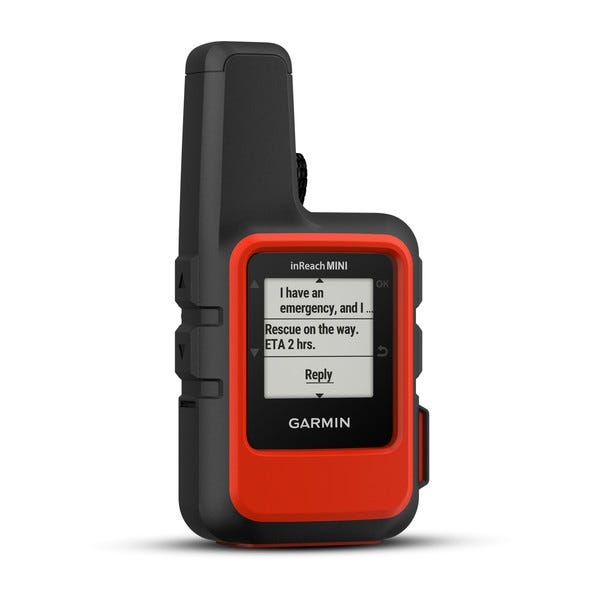 It should be obvious by now that a PLB is a life-saving device. If your life is in danger, it’s perhaps the single most important survival tool you can carry. An Iridium communicator, on the other hand, is intended for daily use. Especially when paired to your phone or tablet, the Garmin inReach Explorer+ or inReach Mini is a great way to send text messages to family, or allow far-away friends to track your progress - even while you’re in flight. You can compose custom messages in the inReach or Garmin Pilot apps, and leave a breadcrumb trail of your journey. This is ideal for a long cross-country flight or a hiking trip in the mountains.
It should be obvious by now that a PLB is a life-saving device. If your life is in danger, it’s perhaps the single most important survival tool you can carry. An Iridium communicator, on the other hand, is intended for daily use. Especially when paired to your phone or tablet, the Garmin inReach Explorer+ or inReach Mini is a great way to send text messages to family, or allow far-away friends to track your progress - even while you’re in flight. You can compose custom messages in the inReach or Garmin Pilot apps, and leave a breadcrumb trail of your journey. This is ideal for a long cross-country flight or a hiking trip in the mountains.
Like the ResQLink, inReach devices also use satellites to stay connected, but in this case it’s the Iridium constellation. This still offers global coverage, so there are no limitations on where you can use it - North Pole to South Pole, and ground to 60,000 feet. However, the Iridium signal is lower powered so it is affected by dense trees or rough terrain. It also requires a subscription (starting at $11.95/month), although subscriptions can be paused if your flying is seasonal.
In addition to texting and tracking, the inReach has an SOS feature that alerts search and rescue forces that you need help. This is a good option in an emergency, but it’s not quite as robust as a PLB.
Which one is best?
So which device is better, a PLB or an Iridium communicator? Both are well-made and reliable, and we’ve flown extensively with all the popular models. It really depends on what you want to use the device for. If you want to send a text message from 9,000 feet to update a colleague on your arrival time, or allow your spouse to track your long flight to Oshkosh, an inReach is the way to go. It’s a powerful communicator that works anywhere you go.
However, if you’re flying to the Bahamas and want an emergency signaling device in case the worst happens, a PLB is a better choice. The devices are more rugged and there are no subscriptions.


